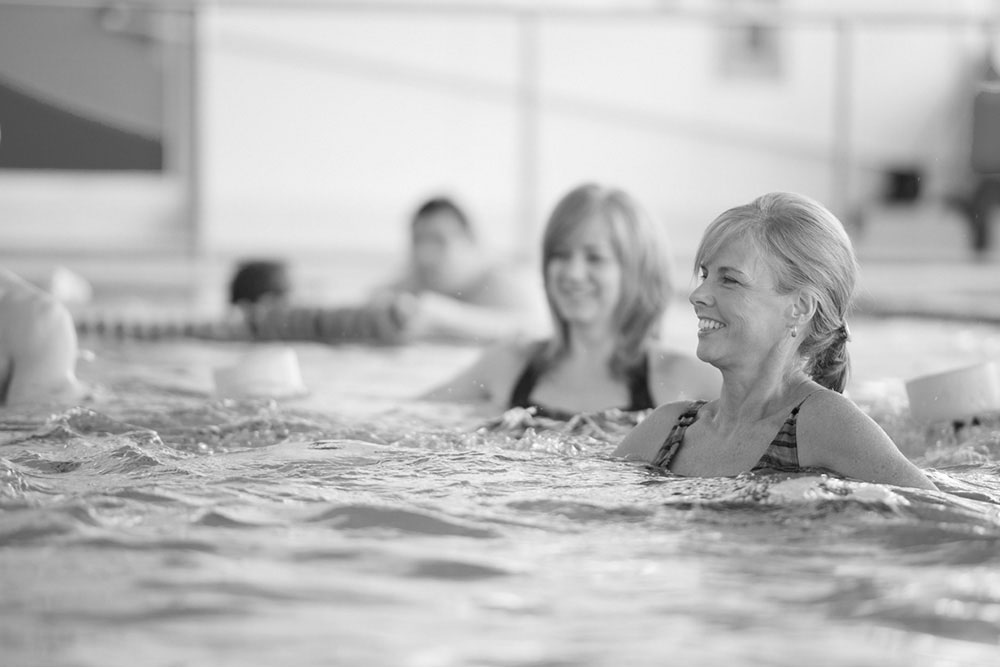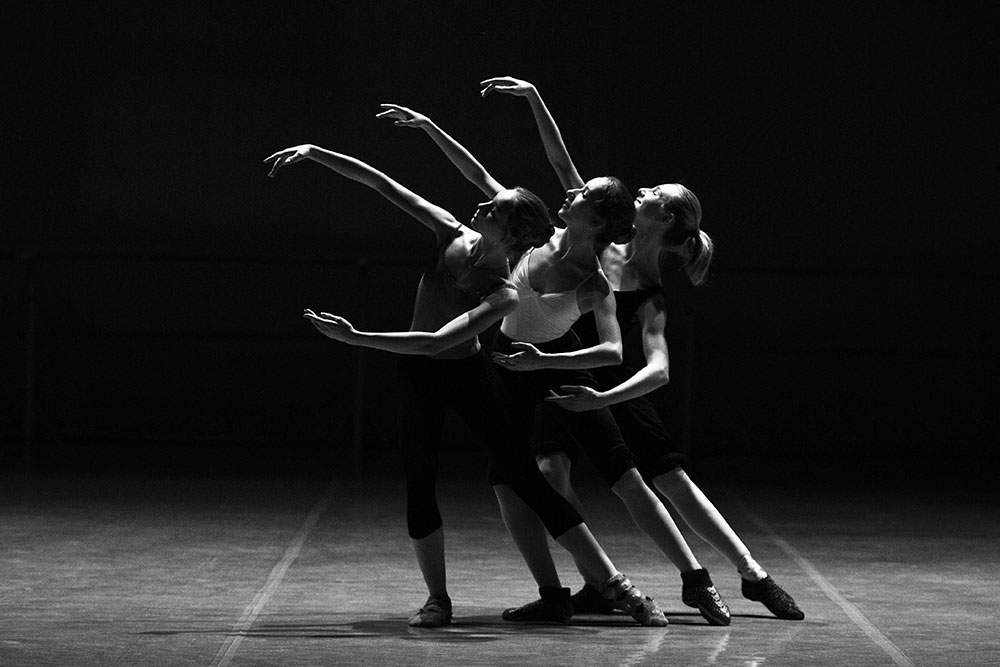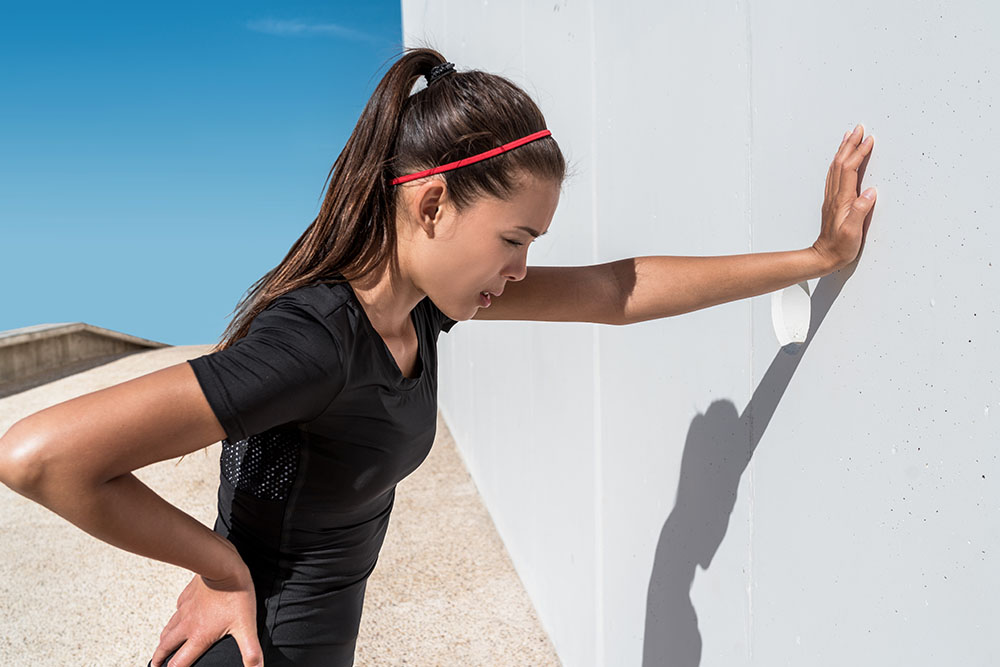The Jury Is Out | The Best Exercise for Parkinson’s Disease

Gillian White, MSc, PhD (C) University of Toronto, Graduate Department of Exercise Sciences
Parkinson’s disease is a neurodegenerative condition affecting 2% of the population over 70 years of age – roughly 6 million people worldwide (Pringshein et al., 2014). It is characterized by the death of brain cells in the basal ganglia, particularly those that produce the important neurotransmitter dopamine. The basal ganglia is connected to several other parts of the brain involved in functions such as motor control, mood and stress regulation, associative cognition, and reward stimulation, resulting in symptoms related to these neurocognitive domains.
Symptoms include:
- Muscle rigidity and bradykinesia (slow movement and difficulty starting movements)
- Lack of facial expression
- Mood and cognitive disturbances
- And/or symptoms of depression or anxiety.
The cause of the illness is not well understood but seems to be related to genetic or environmental factors (i.e. infection, exposure to toxins – See What Toxins Are Lurking In Your Brain?, brain lesions) which result in the build of up proteins in cells of the basal ganglia, resulting in death of these cells, and insufficient dopamine levels for neurotransmission. As protein build up and cell death continues, the disease severity worsens.
Typical Treatment
Typically, Parkinson’s is treated with a dopamine surrogate, levodopa (L-DOPA), or other pharmaceuticals but these typically come with moderate to severe side-effects or lose efficacy over time, such that delaying their administration for treatment is advantageous for long-term management of symptoms. Exercise has been used in patients with Parkinson’s from low intensity type of training like walking programs and Tai Chi to high intensity training. The rationale for the benefits of exercise is not fully clear but suggests that the progression of motor decline can be achieved by maintaining physical activity, possibly due to neuroprotective effects of exercise, the neuromuscular effects of exercise, or both. As the mechanisms by which exercise lessens disease progression are not well characterized, the optimal type of exercise for people with Parkinson’s has been a topic of debate.
Related Article: Resistance Training For Parkinson’s Disease
The Study
 A recent study published in the Journal of American Medical Association Neurology by Shenkman et al. (2017) investigated different intensities of exercise for people who had been recently (within 5 years) diagnosed with Parkinson’s disease and who were not currently physically active more than 3 days per week.
A recent study published in the Journal of American Medical Association Neurology by Shenkman et al. (2017) investigated different intensities of exercise for people who had been recently (within 5 years) diagnosed with Parkinson’s disease and who were not currently physically active more than 3 days per week.
One-hundred twenty-eight recently diagnosed patients, average age of 64, were randomized to control (usual care), low-intensity exercise (treadmill exercise at 60-65% of Maximum Heart Rate – 220-age = HRmax – 4 days per week), or high intensity exercise (treadmill exercise at 80-85% of HRmax, 4 days per week). They measured the participants’ disease severity using the Unified Parkinson’s Disease Rating Scale before the program and after 6 months of exercise.
The control condition was associated with an increase in disease severity by 3 points on the scale, while no increase in severity was observed with the high-intensity exercise group. Interestingly, the low-intensity exercise group had only a trivial advantage over the control group with a 2-point increase in severity of symptoms.
Theories
This study didn’t investigate mechanisms but a few reasonable theories have been suggested. One is that exercise increases Brain Derived Neurotrophic Factor (BDNF), a growth factor that promotes repair or growth of brain cells, protecting them from cell death and subsequent progression of symptoms. Other studies have suggested a decrease in neuroinflammation (Real, Garcia, & Britto, 2017) or increase in cranial blood flow (Schenkman et al., 2017), both of which may slow protein build up that causes the cell death underlying symptoms. Likely, the benefits are a combination of these neuroprotective side-effects of exercise, as well as neuromuscular, psychological, and sociological benefits associated with regular exercise and physical activity.
Related Article: Exercise And Brain Inflammation
Key Points
Regardless of the underlying mechanisms contributing to improvements in disease progression and symptom severity, a couple key points about this study should be highlighted:
1. High-intensity exercise is tolerated by people in the early stages of Parkinson’s disease. This study required participants to engage in the prescribed exercise on their own, which can often lead to drop out. While participants didn’t quite reach the 4 times per week assigned to them, on average they managed 2.8x/week in the high-intensity group and 3.2x/week in the moderate-intensity group over the 6 months of the trial. Further, no negative side-effects aside from somewhat sore muscles, which is to be expected, occurred.
2. Walking and other low-impact studies are preferred by practitioners as they are more conservative, but high-intensities are more effective, or possibly even mandatory. Patients should aim to get into high heart rate zones, using progressive increases in training intensity if they are needed. We recommend using a smart fitness watch to track your heart rate and more:
Takeaway
Overall, support for exercise as an important part of managing Parkinson’s symptoms continues to abound in current scientific research. While more information is needed about how exercise helps, it is clear that is does and that high-intensity exercise has more profound effects, at least at the early stages of the illness. Patients should consult with a physician and an exercise physiologist to identify target heart rates and outline a plan to include high-intensity aerobic exercise into their routine. Aim for a heart rate >80% of 220-age for 30 minutes 4 times a week and use a buddy, workout class, appropriate gear, or trainer to help you stick to your program!
 Why not develop your own at-home workout program? And rather than having a bunch of bulky weights lying around, try Hyperwear’s SandBell weights.
Why not develop your own at-home workout program? And rather than having a bunch of bulky weights lying around, try Hyperwear’s SandBell weights.
Related Article: HIIT Is Beneficial For All Ages
You Might Like:
The Jury Is Out | The Best Exercise for Parkinson’s Disease
Gillian White, MSc, PhD (C) University of Toronto, Graduate Department of Exercise Sciences Parkinson’s disease is a neurodegenerative condition affecting 2% of the population over 70 years of age – roughly 6 million people worldwide...Sense & Movement – A Surprisingly Unique Phenomenon
Julia C. Basso, PhD Reporting from the 2017 Annual Society for Neuroscience Meeting The ability to adapt your movement to signals or cues in the environment is known as sensorimotor adaptation, the focus of one...Alternative Therapy For Parkinson’s Disease
Catherine O’Brien The Problem Parkinson’s Disease is a progressive neurodegenerative disorder characterized by impairments in movement and balance. It is estimated to affect 2 million Americans and tends to be more prevalent in older populations...Dancing Helps Heal Individuals With Parkinson’s Disease
Julia C. Basso, PhD Parkinson’s disease (PD) is a neurodegenerative disorder that is characterized by problems of movement. Though the disease normally manifests after the age of 60, in rare circumstances, the disease may develop...Will Exercise Help Prevent Parkinson’s Disease?
Julia Basso, PhD Affiliation: New York University, Center for Neural Science Parkinson’s disease is a neurodegenerative disorder characterized by loss of dopamine neurons in the substantia nigra pars compacta, a part of the brain’s basal...Exercise-Induced Increases in Brain Size
Julia Basso – PhD Carbon dating in the human brain: Implications for exercise-induced increases in brain size Do you ever wonder why scientists use animal models? Are you skeptical of findings in...References:
- Pringsheim T, Jette N, Frolkis A, Steeves TD (2014) The prevalence of Parkinson’s disease: a systematic review and meta-analysis. Mov Disord 29(13):1583–1590.
- Schenkman M, Moore CG, Kohrt WM, Hall DA, Delitto A, Comella CL, Josbeno A, Christiansen CL, Berman BD, Kluger BM, Melanson EL, Jain S, Robichaud JA, Poon C, Corcos DM. (2017) Effect of High-Intensity Treadmill Exercise on Motor Symptoms in Patients With De Novo Parkinson Disease: A Phase 2 Randomized Clinical Trial. JAMA Neurol.
- Real CC, Garcia PC, Britto LRG. (2017). Treadmill Exercise Prevents Increase of Neuroinflammation Markers Involved in the Dopaminergic Damage of the 6-OHDA Parkinson’s Disease Model. J Mol Neurosci. 63:36-49.















